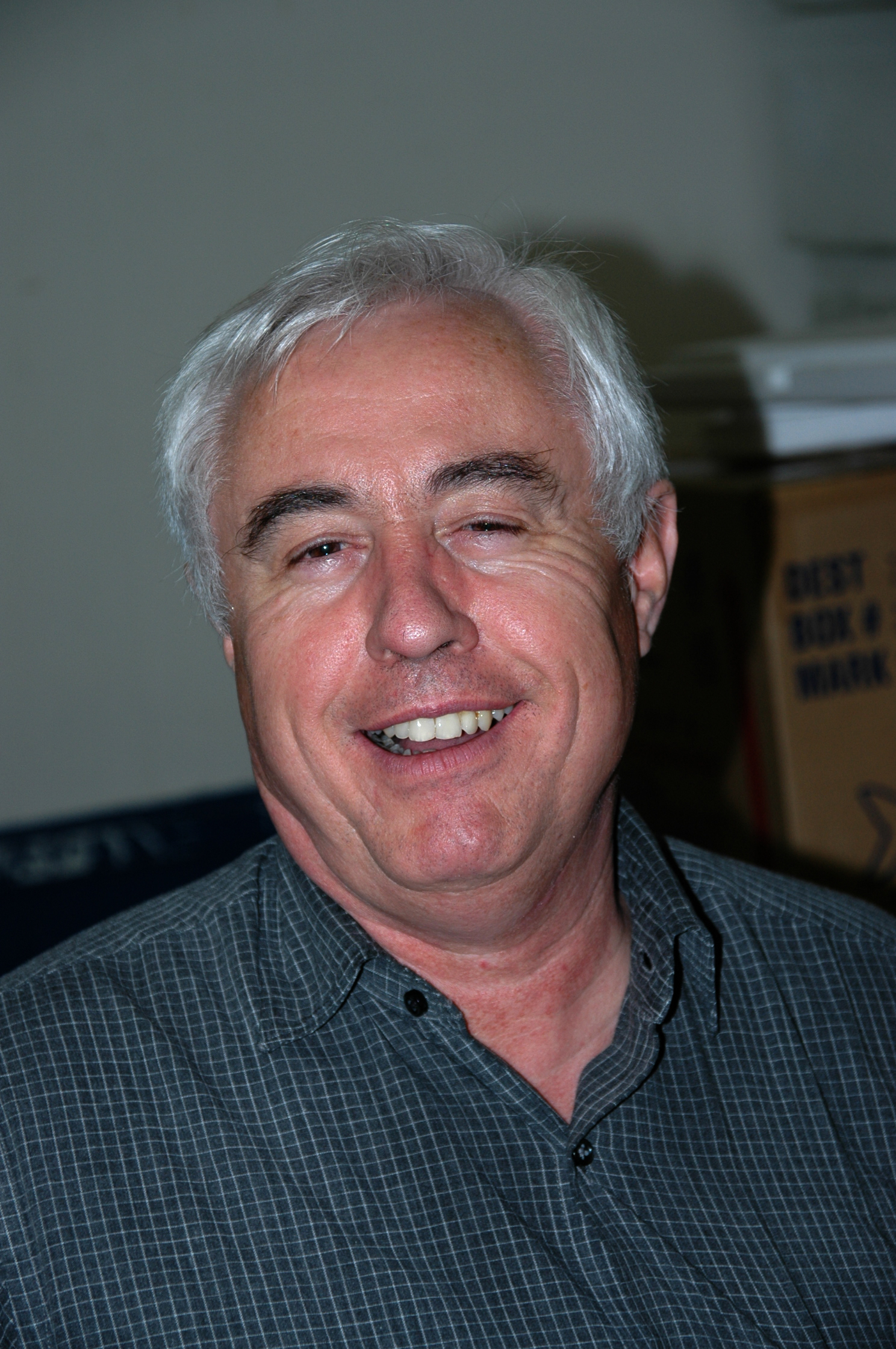
When the news reached us last Wednesday, 27.9.2023, that Dieter Bork had died, it was a shock. We had just met in the fish hall of Aquarium Glaser, he was as lively as ever, full of plans and ideas, anything but frail. It still seems inconceivable to me that he will never again tell us in his inimitable way about his observations of his fish. We were told that he did not suffer.
With Dieter Bork one of the most profiled and best aquarists I ever had the chance to meet has left us. I have known him since I started working at Aqualog and Aquarium Glaser in 1996, but the Glaser family knew him many years longer. He was always supplying larger numbers of fish he bred, mainly killifish, to Aquarium Glaser and to other wholesalers in the Frankfurt area before Aquarium Glaser was founded. Killifishes were his favorites, he bred e.g. Epiplatys annulatus and the “Earthborn”, as he called Terranatos dolichopterus and consorts, not only 20 or 30 specimens, but 150 or 200 per batch. Dieter was also able to get species that others always had trouble with, such as Lucania goodei. However, he was not limited to killis, on the contrary: everything that was considered small, delicate and difficult, whether barb, tetra, labyrinth, dwarf cichlid, blue-eyes or livebearer, Dieter maintained and bred with an unbelievable flair and empathy that is second to none.
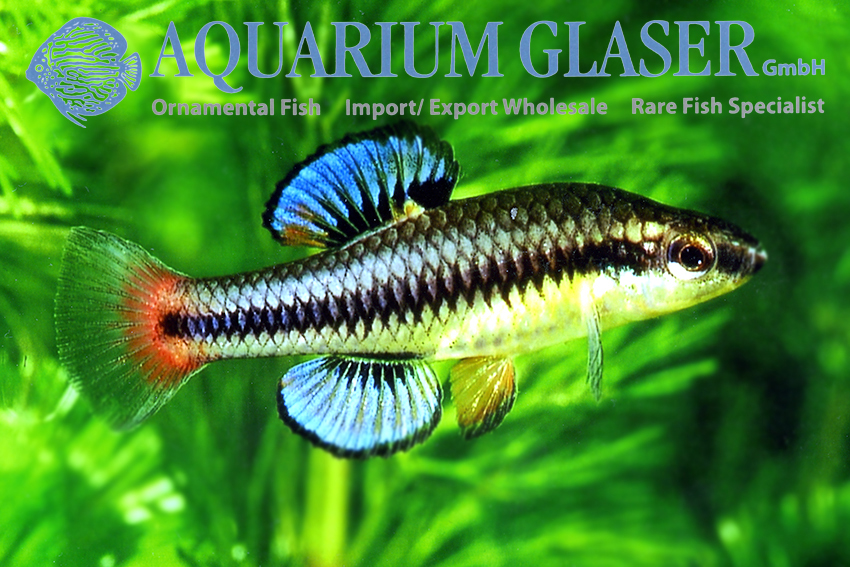
Lucania goodei, bred and photographed by Dieter Bork.
Dieter Bork became 78 years old. On the cover of one of the books Dieter wrote with Hans J. Mayland, the publisher, Werner Schmettkamp, published a short biography of Dieter in 1998, which I would like to reproduce here – adjusted only a bit in time:
“Born in 1945 and living in Bruchköbel near Hanau, the graduate engineer and nature lover studied at the technical college in Friedberg. During 1964 and 1965 he completed 18 months of service in the German Armed Forces. As an aquarist he was active for more than 60 years and a DKG member for more than 45 years. He was engaged in breeding killifish for more than 30 years; later dwarf cichlids, rasborines and rare livebearers were added. Dieter Bork has also passed on his knowledge in the form of lectures and later as an author in aquarium magazines. His friend Hans J. Mayland, with whom he had worked intermittently since the mid-1970s, persuaded him to cooperate as a book author when the latter was looking for a partner after surviving a serious illness. This first writing collaboration resulted in the first book, “Dwarf Cichlids,” in 1997, which has since been published in English as well.”
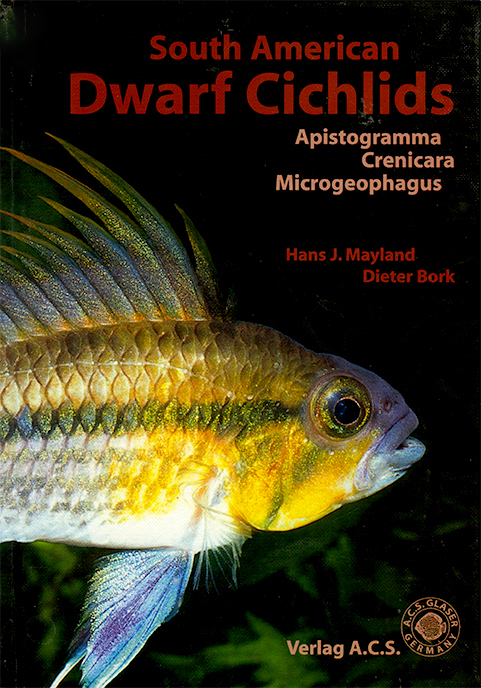
The Bork/Mayland team has written several more books, e.g. “Seltene Schönheiten im Süßwasseraquarium” (Rare beauties in freshwater aquariums) for Birgit Schmettkamp Verlag, books on livebearers and tetras for Kosmos, “Aquarienträume” (Aquarium dreams) for Dähne, and Dieter has also written portraits in volumes of the Aquarien-Atlas series for Mergus. In the course of his writing work, Dieter also became an excellent photographer. After Mayland’s death in 2004, Dieter’s publications became much fewer. This was mainly due to the fact that he refused to deal with computers until the end. His manuscripts were literally manuscripts, i.e. handwritten records. This was accepted by fewer and fewer editors, or it was unpleasant for Dieter to submit the manuscripts in this way, although he had very legible handwriting. More serious was that you couldn’t just email Dieter the galley proofs, because Dieter didn’t have email. This made things time-consuming, which was very annoying in the hectic daily editorial routine, where there is always tremendous deadline pressure.
Personally, I had less problems with this because Dieter lived nearby and was a frequent visitor anyway. That’s why we at Aqualog still had quite often articles from Dieter in the news. Otherwise, Dieter wrote articles in the later 2000s almost only on special order of the editors. Dieter also never made the leap to digital photography, until the end he used slide films. All of this may seem a bit quirky, especially for an engineer, but perhaps here lies a key to why he was so wildly successful as a fish breeder. He had just this one hobby, aquaristics, and he did it right. Who of us would not know what time eaters PC, social media, etc. are. Dieter went to conferences, lectures and traveled to the home countries of the fish he especially loved. Computers and co. could stay away from him.
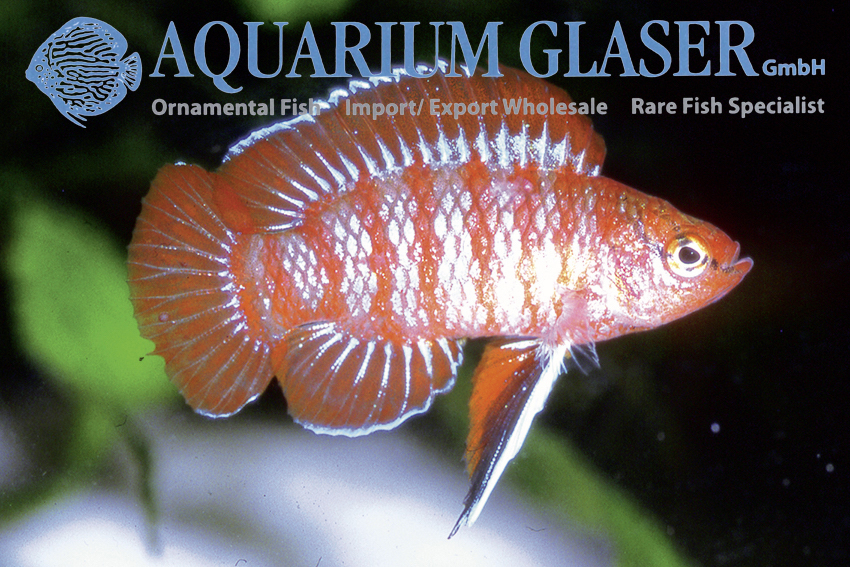
Dario dario, as Dieter saw him.
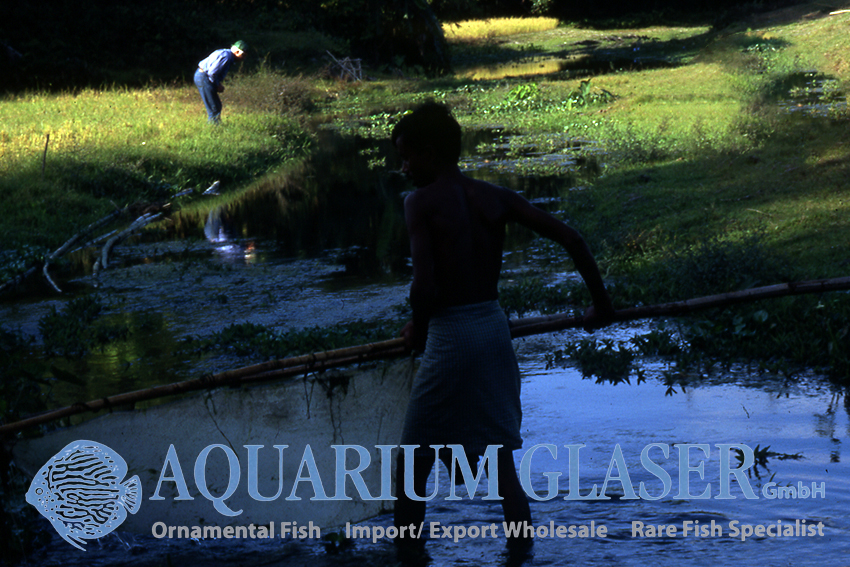
Catch of Dario dario in Ghottiganga Creek. In the background: Dieter Bork.
Dieter’s travels took him mainly to South America: Colombia, Venezuela and French Guyana, some of which he visited several times. I had the privilege to make a fishing trip to India with Dieter to look for the then new Dario dario in the biotope, but he also liked to go to Thailand, e.g. to the island of Phuket. As an aquaristic veteran of the region, Dieter was of course also a member of the Tümpelgarten in Hanau, where he often maintained several tanks in the clubhouse. His facility at home was not that big, a typical fish room, but he ran it very effectively. His special hobbyhorse was a small garden pond in which he kept mainly livebearers from spring to fall. The pond was heated during cool periods. This way of keeping led partly to fantastic colored fishes, especially wild forms of Xiphophorus variatus. In the garden Dieter had not only his pond, but also some plant treasures. A natural form of a Narcissus, for example, whereby he could tell admirers of the flower every time under detailed demonstration of the responsible index finger in epic width, how he dug out the mother plant of his stock decades ago at a stony wayside with bare hands.
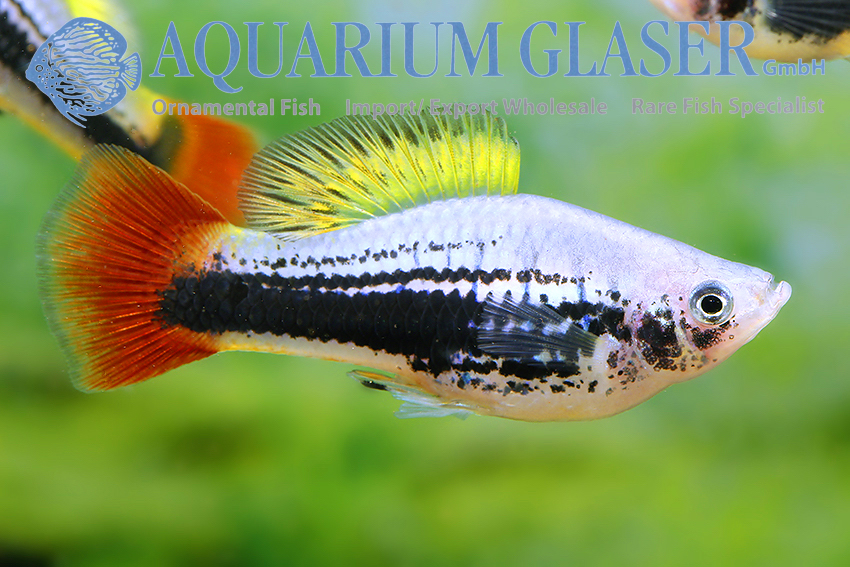
One of Dieter’s garden pond platys
I will always remember Dieter as the lovable man who, while analyzing it, also performed the courtship dance of a Micropoecilia live; as the grumbler who left little good to “the scientists” (to which he then also counted me) when they once again searched in crumbs and did not even recognize the obvious cake; and as the cheerful, sensual person who was fond of all the beautiful things in life. Dieter was open and communicative, he was in exchange with numerous scientists and many well-known aquarists and was also a very popular tutor in mathematics among schoolchildren.
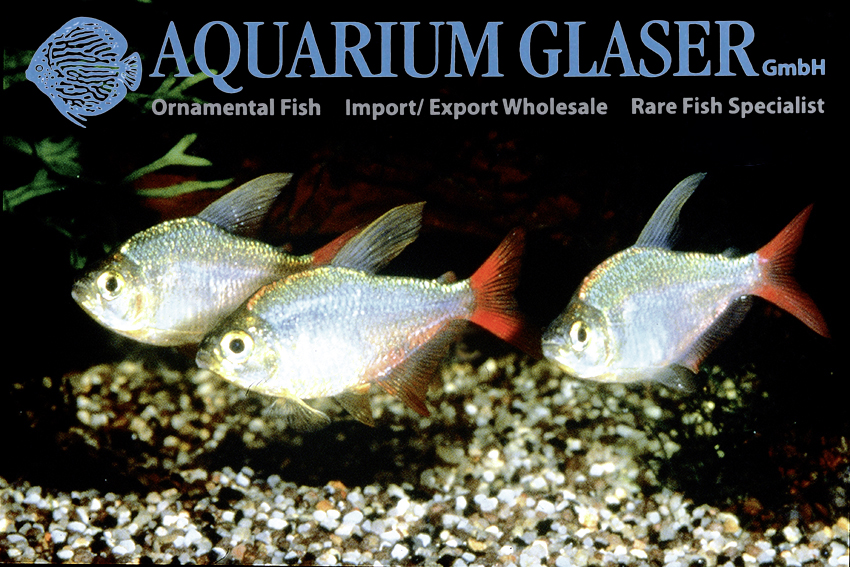
One of the first photos Dieter took, from 1996, showing the then still nameless Hyphessobrycon columbianus, which he discovered with P. Machnik in Colombia.
The aquaristic world community owes Dieter, among others, the Blue Red Columbian (Hyphessobrycon columbianus), which he and P. Machnik brought back from a trip to the northeast of Colombia. Probably all animals swimming in the aquariums of the world today go back to this one import from 1995. Dieter also became immortal by a blue tetra, because the species sailing already for decades under the wrong name “Boehlkea fredcochui” was described as Knodus borki in honor of Dieter Bork after the discovery that it is just not Boehlkea fredcochui, thus honoring his merits also for science.
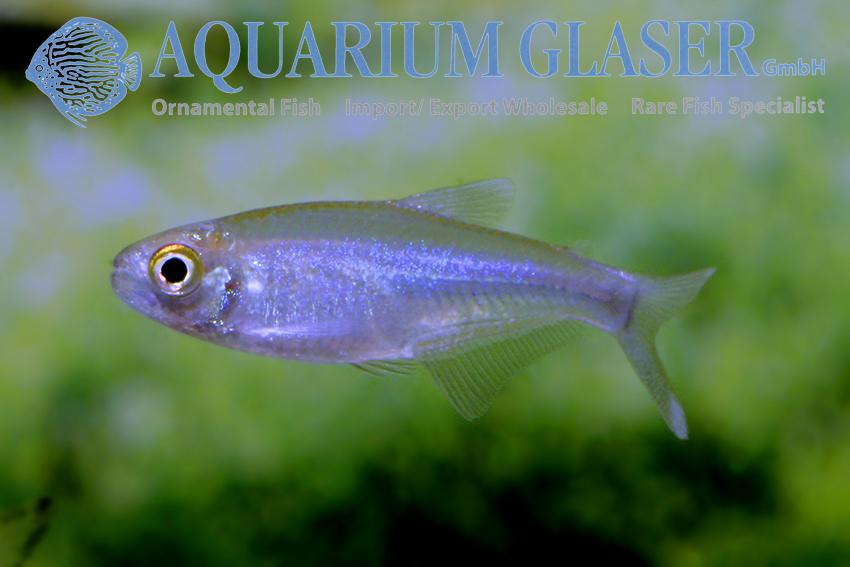
Knodus borki was named in honor of Dieter Bork.
It’s a hackneyed phrase, but it really applies here: the gap left by Dieter Bork’s death will be hard to close. Our thoughts, good wishes and sincere condolences are with his family, who have lost a husband, father and grandpa.
Frank Schäfer for the whole team of Aquarium Glaser




